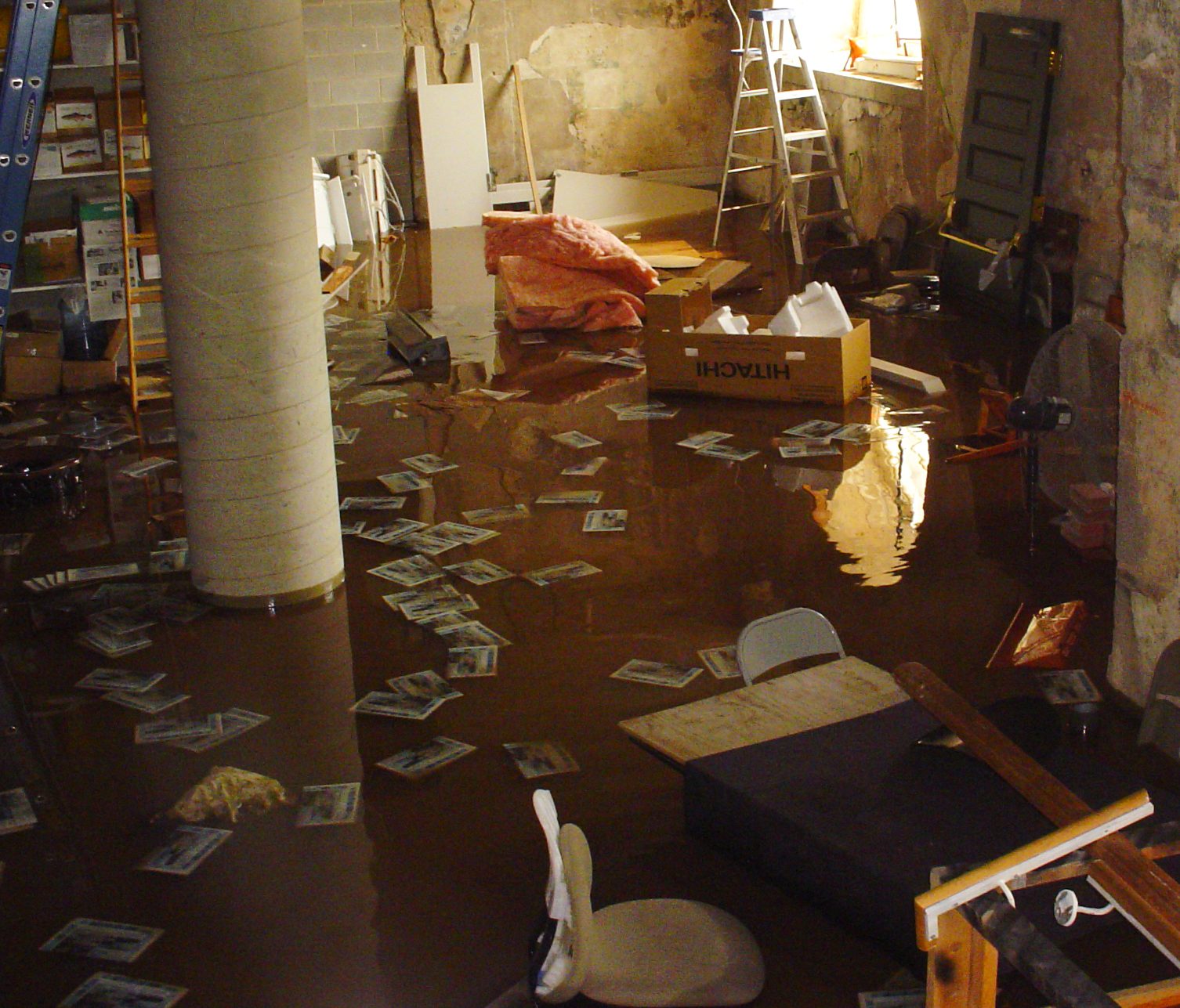

Articles
How To Get Water Out Of A Flooded Basement
Modified: January 9, 2024
Learn effective methods to remove water from your flooded basement with these informative articles. Gain valuable insights and tips to prevent further damage.
(Many of the links in this article redirect to a specific reviewed product. Your purchase of these products through affiliate links helps to generate commission for Storables.com, at no extra cost. Learn more)
Introduction
A flooded basement can be a homeowner’s worst nightmare. Not only does it create significant damage to your property, but it can also pose safety risks and lead to costly repairs. When faced with a flooded basement, it’s crucial to act quickly and effectively to mitigate the damage and restore your home to its pre-flood condition.
In this comprehensive guide, we will walk you through the step-by-step process of getting water out of a flooded basement. From ensuring safety to preventing future flooding, we will provide you with expert tips to tackle this challenging situation.
Remember, before diving into the restoration process, it’s crucial to prioritize your safety. Standing water in the basement can pose electrical hazards and potential health risks. By following the steps outlined in this guide, you’ll be better equipped to handle the situation and protect your home and loved ones.
So, let’s get started and empower you with the knowledge and tools to effectively remove water from your flooded basement and prevent future flooding incidents.
Key Takeaways:
- Prioritize safety by turning off power, wearing protective gear, and ensuring proper ventilation when dealing with a flooded basement to minimize risks and protect your home and loved ones.
- Take proactive measures to prevent future flooding by inspecting and maintaining plumbing, sealing cracks, improving drainage, and considering sump pump installation for long-term protection of your property.
Read more: How To Get Water Out Of A Basement
Step 1: Ensure Safety
Before beginning any restoration work, it’s vital to prioritize safety. Dealing with a flooded basement poses various risks, so take the following precautions:
- Turn off the power: Before entering the flooded basement, ensure that the electricity is turned off. Water and electricity can be a lethal combination. Locate your home’s electrical panel and switch off the main power supply. If you are unsure or uncomfortable doing this, contact a professional electrician for assistance.
- Wear protective gear: When entering the flooded area, it’s essential to protect yourself by wearing appropriate gear. This includes waterproof boots, gloves, a mask, and safety goggles. These items will shield you from potential pollutants, bacteria, and other harmful substances present in the water.
- Beware of structural damage: Flooding can weaken the structural integrity of your basement. Be cautious when walking on wet surfaces, as they can be slippery. Also, keep an eye out for any cracks, leaks, or signs of structural damage. If you notice significant damage, it may be advisable to contact a professional before proceeding with the cleanup.
- Ensure proper ventilation: Basements tend to be poorly ventilated, and the moisture from the flood can lead to the growth of mold and mildew. Open windows and doors to allow fresh air to circulate. Consider using fans and dehumidifiers to help with the drying process.
By taking these safety precautions, you minimize the risks associated with working in a flooded basement. Safety should always be your top priority during the restoration process.
Step 2: Identify the Source of the Water
Before proceeding with the water removal process, it’s crucial to determine the source of the flooding. Understanding where the water is coming from will help you address the issue and make necessary repairs to prevent future floods. Here are some common sources of basement flooding:
- Heavy rain or melting snow: Excess rainwater or melting snow can seep into the basement through cracks in the walls, foundation, or basement windows.
- Sewer backup: A blockage in the main sewer line can cause wastewater to back up and flood your basement. This is typically characterized by the presence of foul odors and sewage-contaminated water.
- Burst pipes or plumbing issues: A burst pipe or malfunctioning plumbing system can quickly flood your basement. Look for signs of leaking or broken pipes.
- Faulty sump pump: If your basement is equipped with a sump pump, a malfunctioning pump or power outage can result in water accumulation.
Identifying the source of the water will help determine the best approach for water removal and repairs. If the source is a burst pipe or plumbing issue, you may need to call a plumber for assistance. If it’s a sewer backup or extensive flooding, it’s essential to contact a professional restoration company to mitigate the damage safely.
Remember, while you may be tempted to start the cleanup process immediately, it’s important to address the source of the water first to prevent any further damage or recurrence of flooding in the future.
Step 3: Shut Off the Power
With safety as a top priority, it is crucial to shut off the power to your basement before attempting any water removal. Water and electricity do not mix well and can lead to significant hazards and electrical shocks. Follow these steps to safely shut off the power:
- Locate the main electrical panel: In most homes, the electrical panel is located in the basement or garage. It is usually a metal box with a door that houses circuit breakers or fuses.
- Turn off the main power switch: Open the door of the electrical panel and locate the main power switch. Flip the switch to the “Off” position. This will shut off the electricity supply to your entire home, including the basement.
- Inspect for electrical hazards: Once the power is turned off, visually inspect the flooded area for any exposed electrical wires or outlets underwater. If you observe any electrical hazards, do not attempt to enter the water. Instead, contact a licensed electrician for assistance.
- Consider using a generator: If you need to use electrical equipment, such as pumps or dehumidifiers, consider using a generator as a power source. Make sure to follow the manufacturer’s instructions and safety guidelines when operating the generator.
- Do not turn on the power until it is safe: Only restore power to your basement when it has been thoroughly dried and inspected by a professional. Operating electrical systems while the area is still damp can result in further damage and potential safety risks.
By shutting off the power to your flooded basement, you eliminate the risk of electrical accidents and create a safer environment for water removal and restoration.
Step 4: Remove Standing Water
Once you’ve taken the necessary safety precautions and shut off the power, it’s time to start removing the standing water from your flooded basement. Here are several methods you can use:
- Manual Removal: If the amount of standing water is relatively small, you can use buckets, mops, or a wet/dry vacuum to manually extract the water. Start from the lowest point of the basement and work your way towards the exit, emptying the buckets or tanks as needed.
- Submersible Pump: For larger volumes of water, a submersible pump is an effective option. Submersible pumps are designed to be placed directly into the water and can quickly and efficiently remove standing water. Follow the manufacturer’s instructions for proper usage and safety guidelines.
- Wet/Dry Vacuum: A wet/dry vacuum with a pump feature can be used to remove water. These vacuums are specifically designed to handle wet environments and can effectively extract water from your basement. Remember to empty the vacuum container regularly to prevent overflow.
- Hiring Professional Water Removal Services: In severe cases or if you are unable to handle the water removal process on your own, consider hiring professional water removal services. These experts have the necessary equipment and expertise to extract water efficiently, minimizing damage and reducing the risk of mold and mildew growth.
Regardless of the method you choose, it’s important to work systematically and thoroughly remove as much standing water as possible. This will help expedite the drying process and prevent further damage to your basement and belongings.
Remember to wear protective gear such as waterproof boots and gloves while working with the water to ensure your safety.
Use a wet/dry vacuum to remove standing water from the basement. Start by vacuuming the water closest to the drain and work your way outwards. Be sure to empty the vacuum as needed and take breaks to avoid overheating.
Read more: How To Dry Out A Basement After Flooding
Step 5: Dry Out the Basement
After removing the standing water, the next vital step is to dry out your basement thoroughly. Proper drying is crucial to prevent mold growth and minimize damage to your walls, floors, and belongings. Follow these steps to effectively dry out your basement:
- Open windows and doors: Increase ventilation in the basement by opening windows and doors. This will promote airflow and help expedite the drying process. Use fans to further improve air circulation.
- Use dehumidifiers: Dehumidifiers are excellent tools for removing excess moisture from the air. Place one or more dehumidifiers in the basement to extract moisture and reduce humidity levels. Empty and clean the dehumidifiers regularly to maintain their efficiency.
- Remove wet materials: Discard any water-damaged materials that cannot be salvaged, such as saturated carpets, rugs, furniture, and boxes. These items can harbor mold and inhibit the drying process. If you have sentimental or valuable items, consult with a professional restoration service to explore restoration options.
- Utilize heaters or heat lamps: If the weather permits and you have access to electricity, use heaters or heat lamps to raise the temperature in the basement. Warm air promotes evaporation and speeds up the drying process. However, be cautious not to place them too close to flammable materials or leave them unattended.
- Monitor humidity levels: Use a hygrometer to measure the humidity levels in your basement. Ideally, aim for humidity levels below 50%. Continue drying until consistent humidity levels are achieved.
Depending on the extent of the flooding, drying out the basement can take several days or even weeks. It is crucial to be patient and thorough during this process to ensure that all moisture is properly eliminated. Double-check hidden areas such as crawl spaces and behind walls for any signs of lingering moisture.
Remember, allowing the basement to dry completely is essential to prevent mold growth and further damage to your home.
Step 6: Clean and Disinfect
Once your basement is dry, it’s important to thoroughly clean and disinfect the affected areas. Flooding can introduce contaminants and bacteria into your basement, so proper cleaning is crucial for a safe and healthy environment. Follow these steps to clean and disinfect your basement:
- Wear protective gear: Before starting the cleaning process, make sure to wear protective gear, including gloves, a mask, and goggles, to protect yourself from potential contaminants.
- Remove debris: Clear out any remaining debris and dirt from the basement. Use a broom, dustpan, and vacuum cleaner to remove dirt, mud, and other remnants left by the floodwaters.
- Clean surfaces: Thoroughly clean all surfaces using a mild detergent or cleaner and water. Scrub walls, floors, and any salvageable furniture or items that were exposed to the floodwater. Pay close attention to areas that may have come into direct contact with the water, such as baseboards and corners.
- Disinfect: After cleaning, disinfect all surfaces to eliminate any bacteria, mold, or mildew that may have developed. Use a diluted bleach solution or a disinfectant recommended for flood cleanup. Follow the manufacturer’s instructions and ensure proper ventilation while using the disinfectant.
- Fabrics and upholstery: Launder any washable fabrics, such as clothing, bedding, and curtains, that were affected by the floodwaters. Consider sending heavily soiled or contaminated items to professional cleaners. For upholstery or furniture that cannot be easily cleaned, consult with a professional restoration service for guidance.
Remember, thorough cleaning and disinfection are essential not only for the aesthetic appeal but also for the health and safety of your household. By taking these measures, you remove potential contaminants and create a clean environment in your basement.
After cleaning and disinfection, continue to monitor the basement for any signs of mold or mildew growth. If you notice any such growth or develop respiratory symptoms, consult with a professional for further evaluation.
Step 7: Prevent Future Flooding
Now that you’ve successfully dealt with the immediate aftermath of a flooded basement, it’s essential to take steps to prevent future flooding. By implementing preventive measures, you can minimize the risk of recurring incidents and protect your home from water damage. Here are some steps to consider:
- Inspect and maintain your plumbing: Regularly inspect your plumbing system for any signs of leaks, cracks, or blockages. Address any issues promptly to prevent water damage. Consider installing a backwater valve to prevent sewer backups.
- Seal cracks and gaps: Inspect the basement walls, windows, and foundation for any cracks or gaps that could allow water to seep in. Seal these openings with appropriate waterproof sealants or caulking to prevent water infiltration.
- Improve landscaping and drainage: Ensure that your yard’s grading slopes away from the foundation, directing water away from your home. Clean out gutters and downspouts regularly to prevent blockages and redirect water away from the foundation.
- Install a sump pump: Consider installing a sump pump if your basement is prone to flooding. A sump pump can automatically remove water from your basement, helping to prevent excess water accumulation.
- Invest in a water alarm system: Install a water alarm system in your basement to alert you to any signs of water leakage or rising water levels. Early detection can help you respond quickly and prevent significant water damage.
- Consider elevation or waterproofing: Depending on your location and the severity of flooding concerns, you may want to explore options such as elevating your home or installing waterproofing systems. Consult with professionals to determine the best solutions for your specific situation.
Preventing future flooding requires proactive measures to safeguard your home. By implementing these preventive strategies, you can significantly reduce the risk of future basement floods and ensure the long-term protection of your property.
Remember to periodically assess and maintain these preventive measures to ensure their effectiveness and address any new issues that may arise.
Conclusion
Dealing with a flooded basement can be a daunting and stressful experience, but by following the steps outlined in this guide, you can effectively address the situation and minimize the damage to your home. Remember, your safety should always be the top priority, so make sure to take the necessary precautions before starting any restoration work.
From ensuring safety and identifying the source of the water to removing standing water, drying out the basement, and cleaning and disinfecting the affected areas, each step plays a crucial role in restoring your basement to its pre-flood condition.
Additionally, taking preventive measures to prevent future flooding is essential. By inspecting and maintaining your plumbing system, sealing cracks and gaps, improving landscaping and drainage, and considering the installation of a sump pump or water alarm system, you can significantly reduce the risk of future basement floods.
Remember, if the extent of the flooding is severe or if you are uncertain about handling the restoration process on your own, it is always wise to seek professional assistance. They have the expertise, equipment, and experience to handle the situation safely and efficiently.
By acting swiftly, prioritizing safety, and following the steps outlined in this guide, you can navigate the challenging process of dealing with a flooded basement successfully. With determination, patience, and the right approach, your basement will be restored, and you can regain peace of mind knowing that you’ve taken the necessary steps to prevent future flooding.
Frequently Asked Questions about How To Get Water Out Of A Flooded Basement
Was this page helpful?
At Storables.com, we guarantee accurate and reliable information. Our content, validated by Expert Board Contributors, is crafted following stringent Editorial Policies. We're committed to providing you with well-researched, expert-backed insights for all your informational needs.
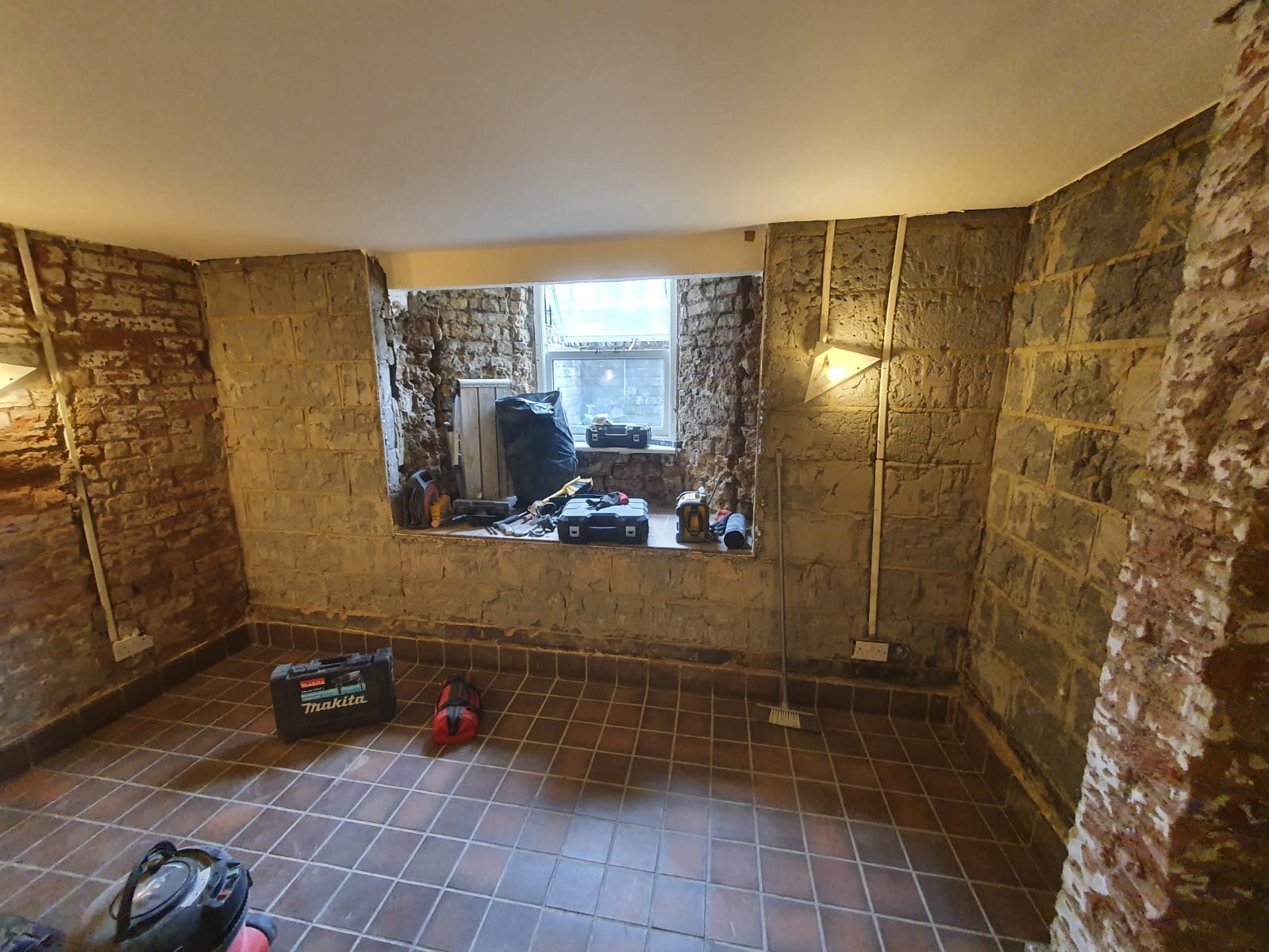
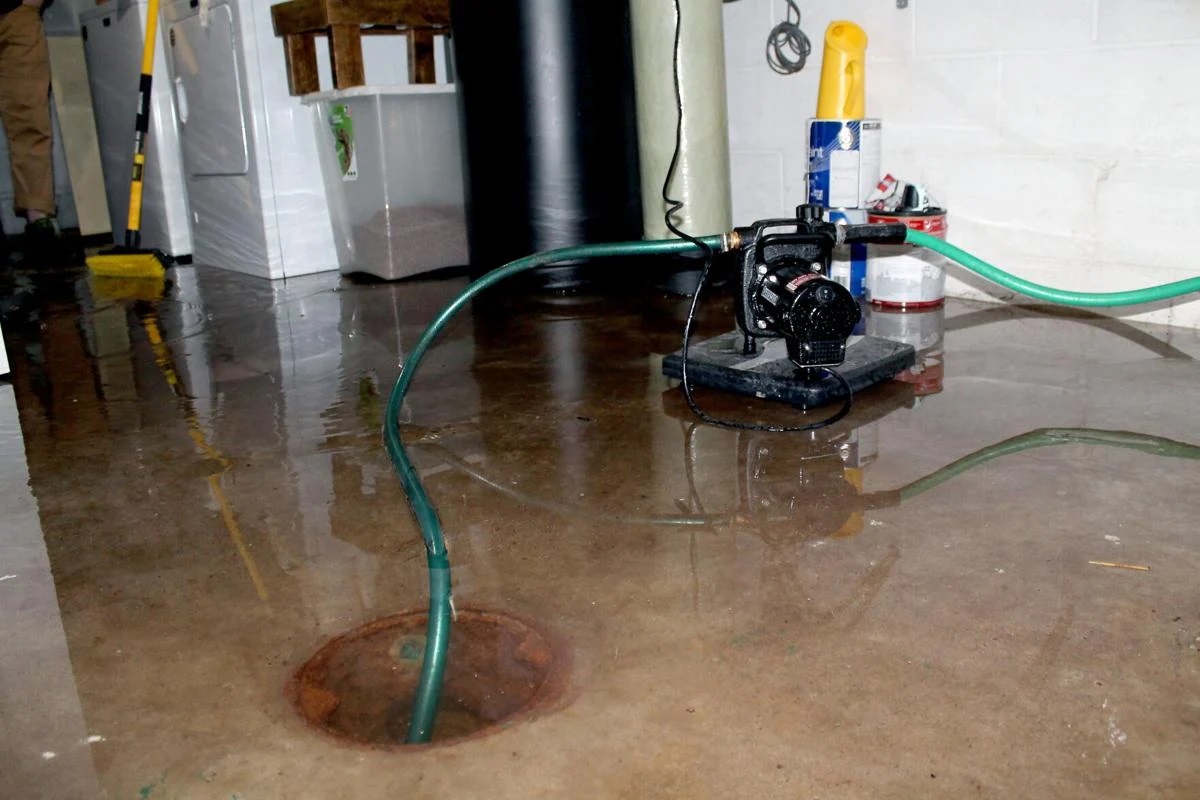
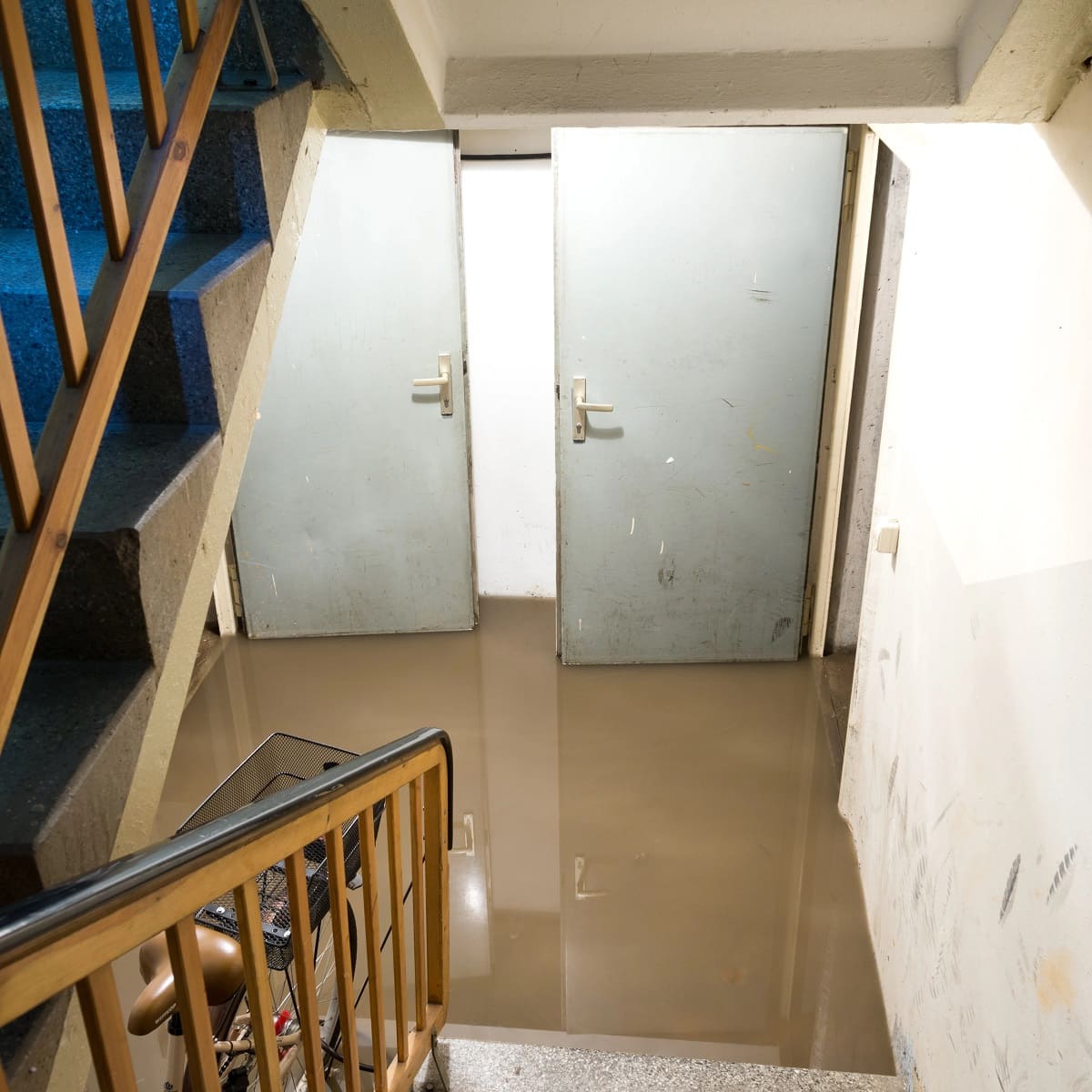

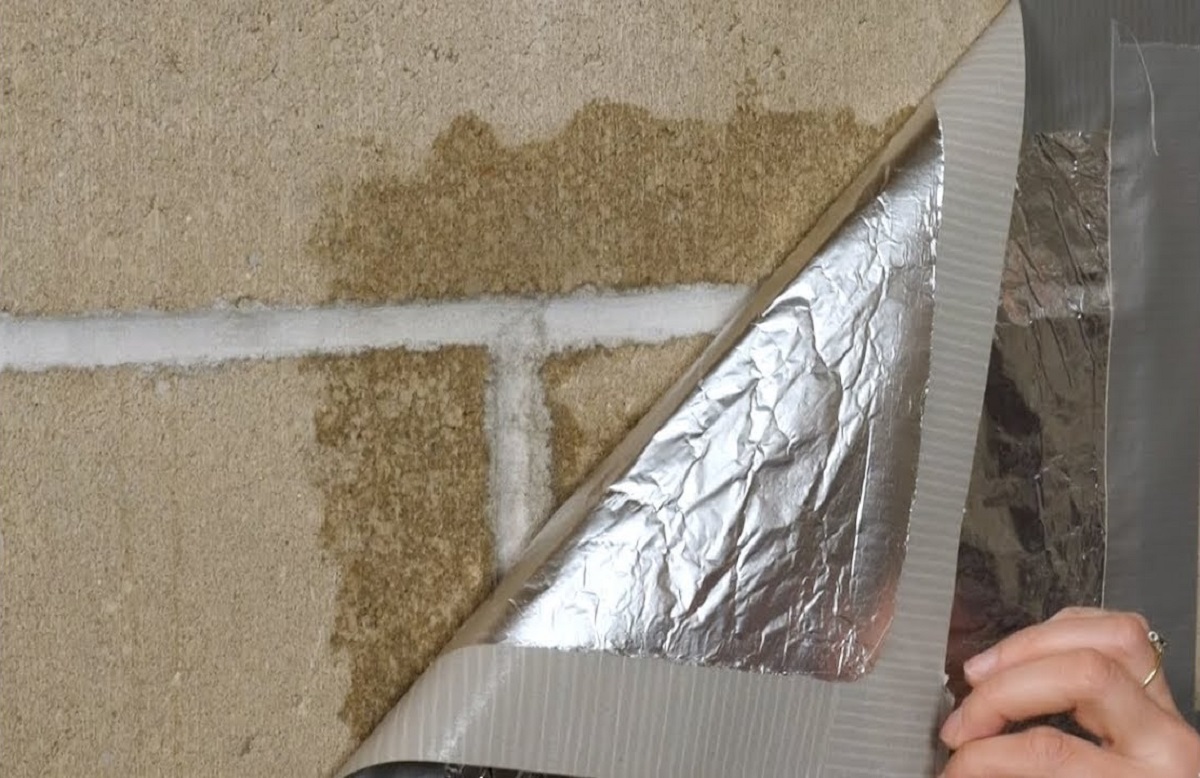


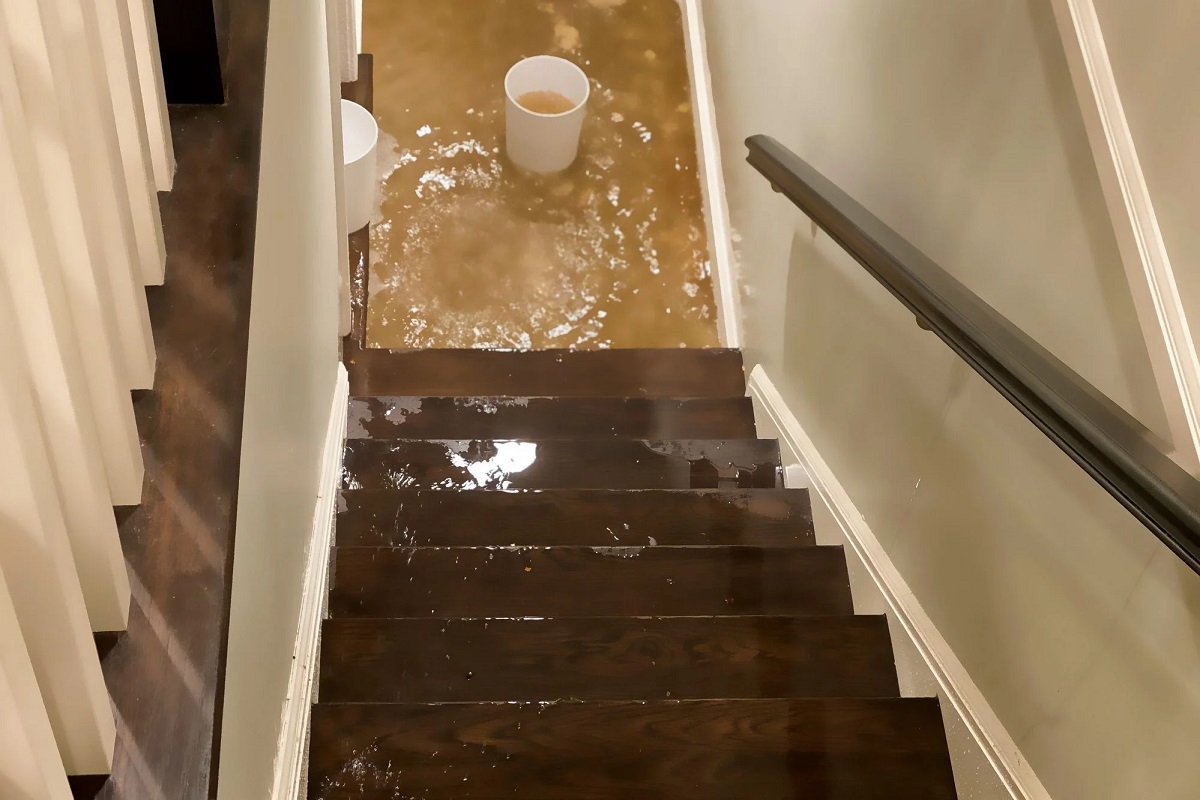
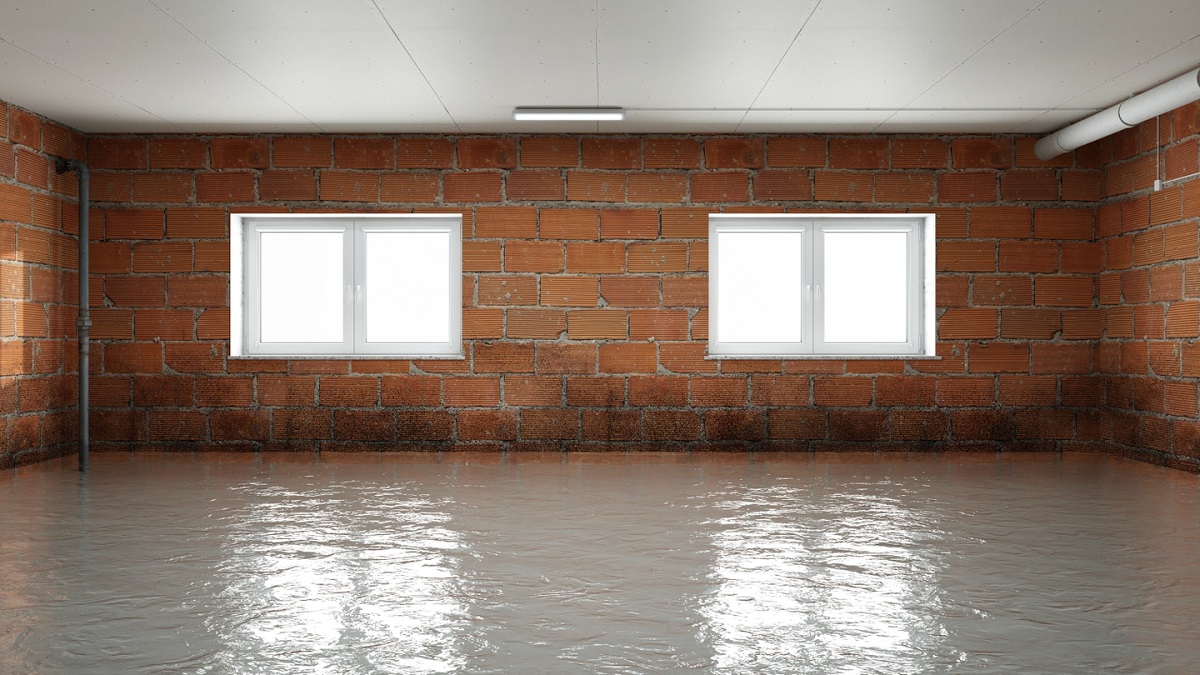
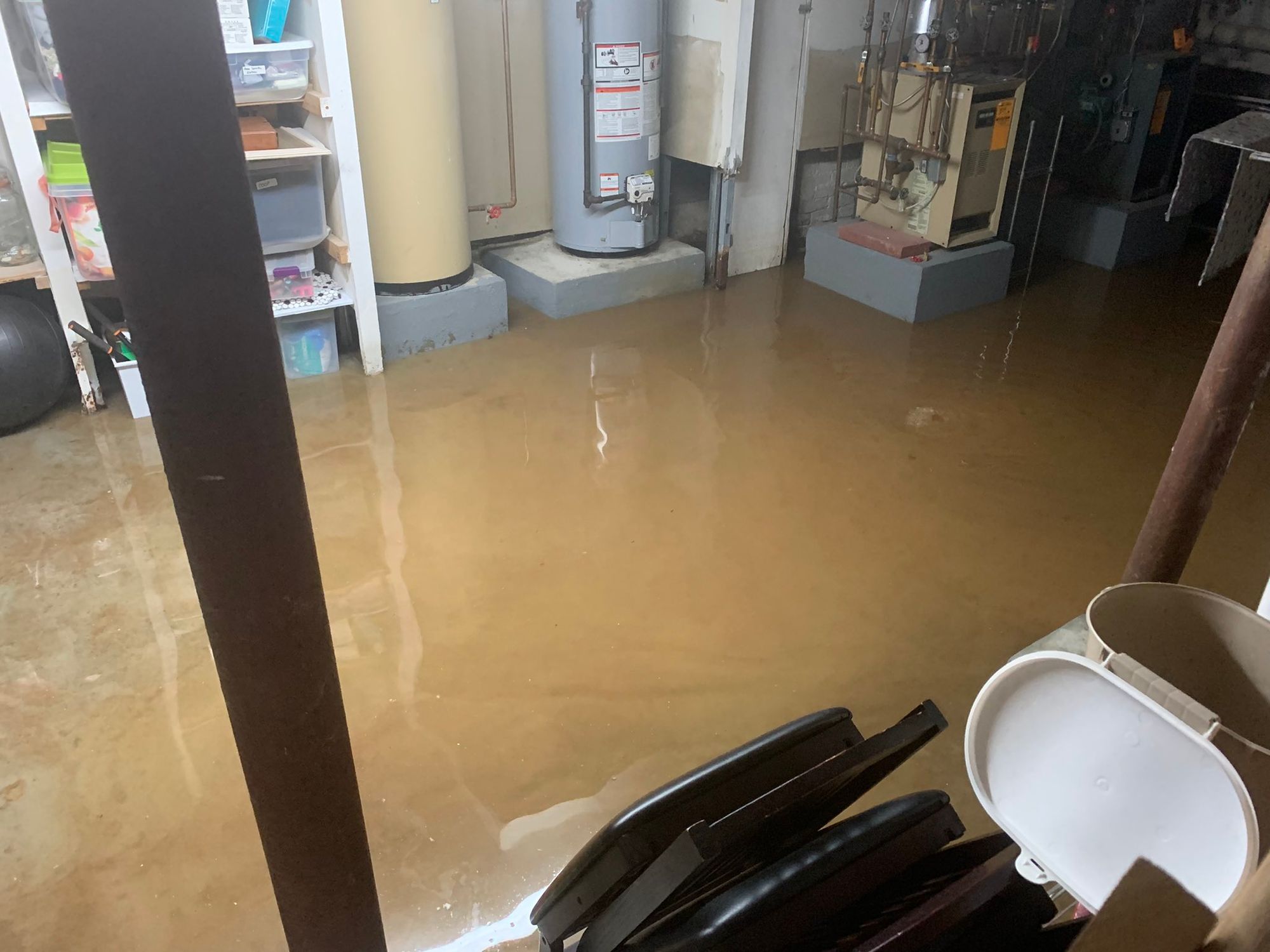
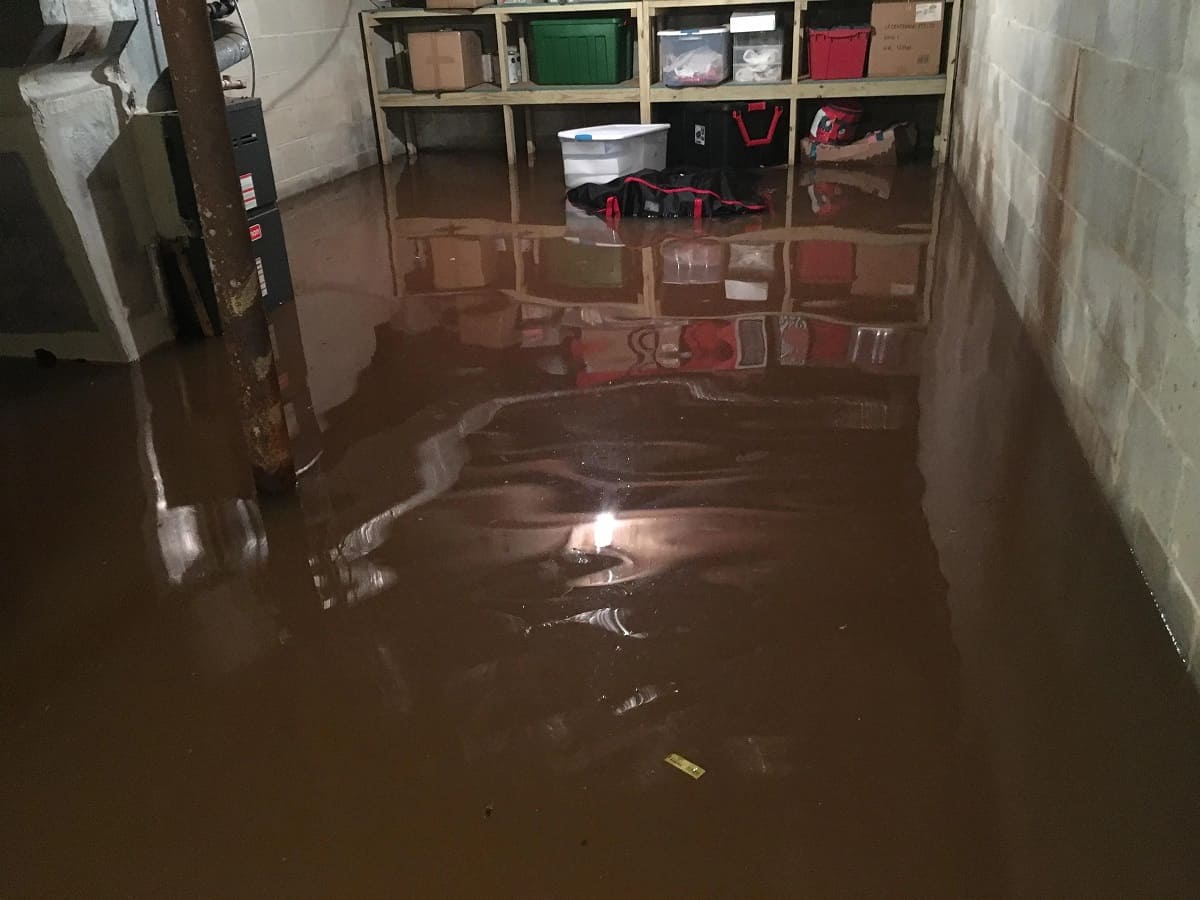

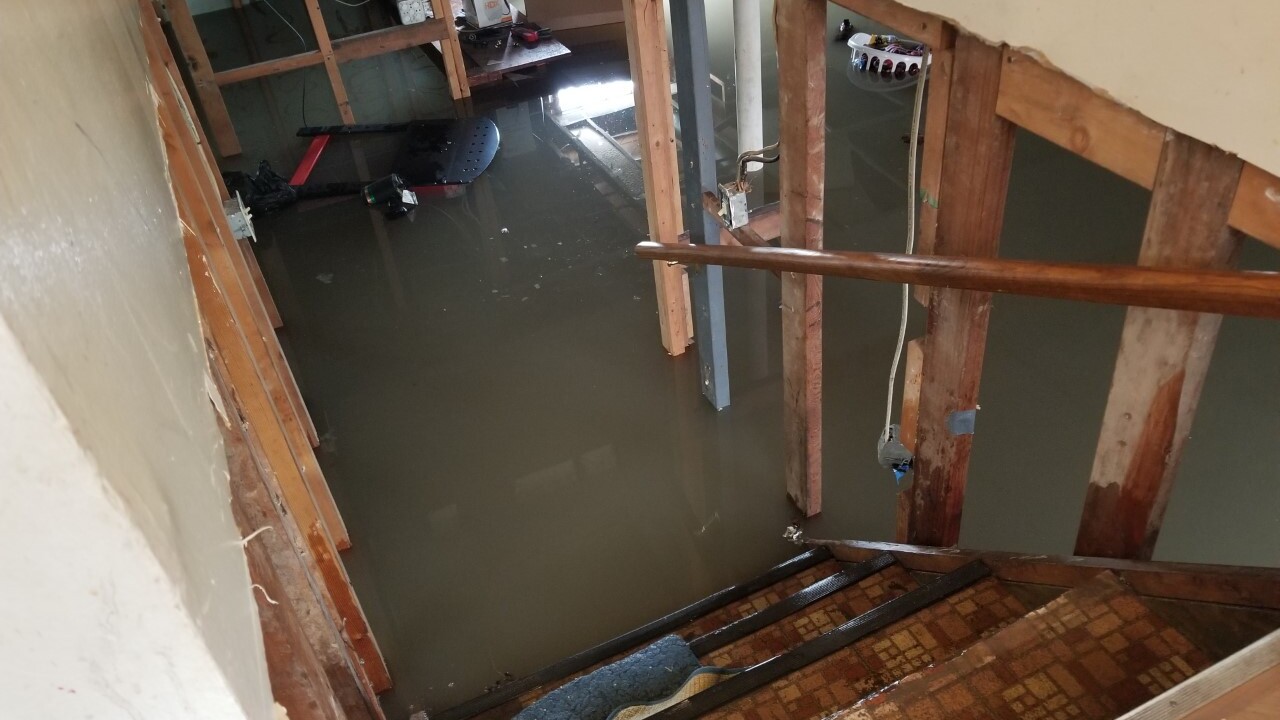
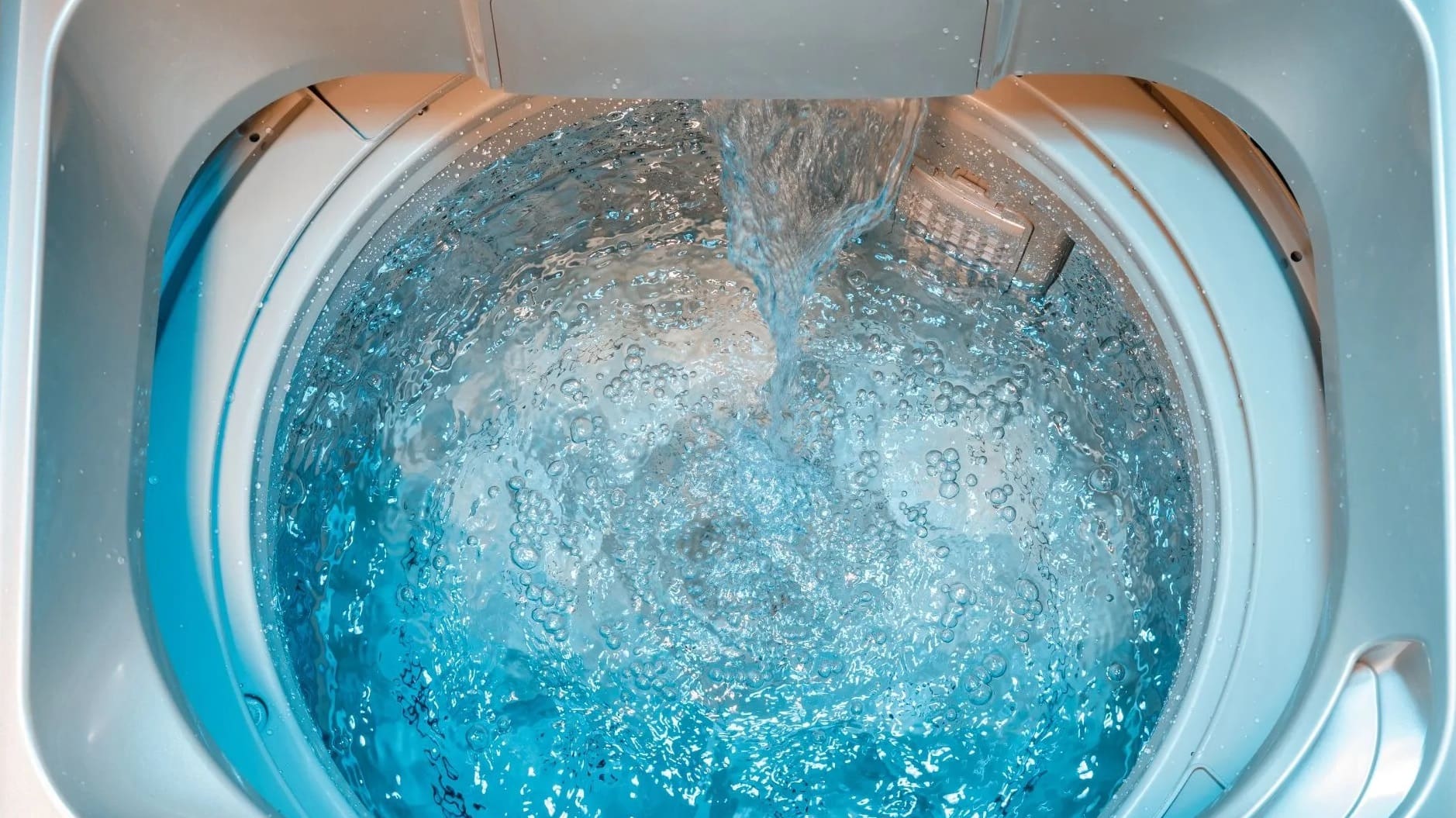

0 thoughts on “How To Get Water Out Of A Flooded Basement”